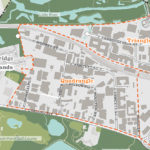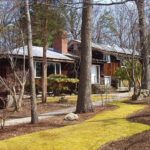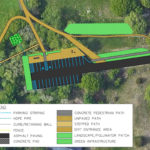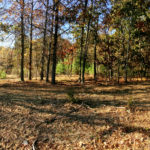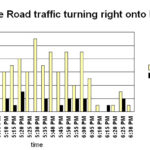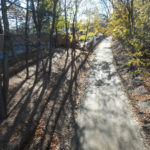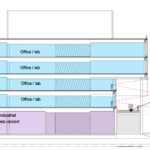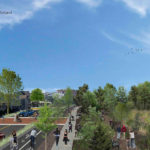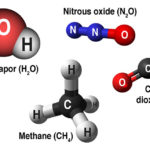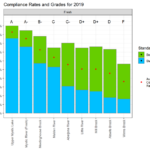
The Mystic Charles Pollinator Pathways group is a volunteer coalition of gardeners and native plant enthusiasts that has come together to promote and create more pollinator habitats in our region in response to the significant declines in native pollinator species such as bees, butterflies, wasps, and moths. The group is mapping private and public pollinator gardens in the Mystic and Metrowest Charles River watershed communities to show existing resources and identify where more are needed (see the map. The group currently includes sites in Arlington, Belmont, Cambridge, Lexington, Medford, Newton, Somerville, Waltham, Watertown, Winchester, and Woburn, and welcomes new participants. [READ MORE]


